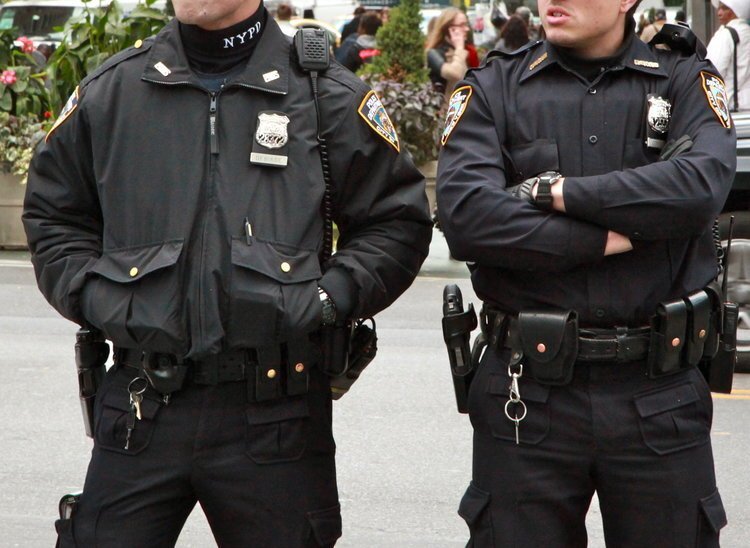Opinion: Police stops in NYC are at their highest level since 2015. The NYPD doesn’t want us to know just how high
/The City Council is poised to vote on the How Many Stops Act this week. Eagle file photo by Torba K. Hopper
By Lindsey Smith
First things first: the How Many Stops Act (Intro. 586 and Intro. 538) does exactly what its name says. It gives New Yorkers a complete picture of all NYPD street stops and investigative encounters by requiring the NYPD to record so-called “low-level” encounters — formally called Level 1 and Level 2 encounters.
As public defenders, we know that even low-level encounters impact New Yorkers’ core constitutional “right to be left alone.” What is low-level? New York courts have described the following actions as Level 1 encounters: A police officer shining a flashlight into your car and questioning you and your passengers, flagging you down on the street to ask who you are and where you’re going, or asking, “Why are you parked here?”
Under the law, we have the right to refuse to answer questions or simply to leave these Level 1 encounters. In reality, few people feel empowered to walk away from an armed police officer questioning them.
In the worst cases, ignoring an officer’s request to stop or answer questions can lead to deadly consequences. Remember Antonio Williams, a Black man who was simply waiting for a cab when plainclothes officers jumped out and stopped him without legal justification. Antonio was legally free to leave, but when he did, officers chased him down, beat him and killed him.
The limited data we do have for higher-level — read, more invasive — encounters show that 89% of recorded NYPD stops in 2022 were of Black and Hispanic people. In the relatively recent height of NYPD stop-question-and-frisk abuses, Black and brown New Yorkers lived with constant police intrusion into their everyday lives. Though the practice was found unconstitutional, current trends indicate that illegal and racially discriminatory stops are once again on the rise under the Adams administration. But we can’t fix it until we know what’s really happening, via the enhanced reporting requirements of the How Many Stops Act.
This is commonsense, easy-to-implement legislation. Officer “reporting” in 2023 means a few clicks on an officer’s cell phone, far from the Hollywood depiction of late overtime hours in a darkened precinct. In fact, the NYPD already has these reporting forms accessible via a cell phone app because they are required to use them when reporting other types of stops. These forms are integrated with the district attorneys’ electronic discovery systems, so they can be turned over in discovery just as easily as existing records. Minor updates to the forms are all that’s needed, despite the NYPD’s handwringing.
We know better than to give credit to fearmongering that the How Many Stops Act will harm police-community relations. The NYPD’s own training materials tell them they may greet people, provide directions, or make casual conversation without reaching a Level 1 encounter. They won’t have to record those encounters under the How Many Stops Act.
But the police can’t question us for no reason, and that’s a good thing. An otherwise innocuous question — “Where you headed?” — is coercive coming from a uniformed officer with a visible gun. It’s not small talk. It's an investigation, and history tells us these investigations are overwhelmingly targeted at Black and brown New Yorkers.
Finally, the NYPD has the funds to make these updates. The agency has been largely spared in the Adams administration’s budget, amid vast cuts to both programs that are actually shown to reduce crime and programs that hold the NYPD accountable for misconduct. At a recent Civilian Complaint Review Board meeting, the Board announced that due to funding cuts, it would no longer be able to investigate eight categories of complaints against police, including property seizure, discourtesy, lying, or refusal to give a civilian a complaint form.
As we lose these important tools for accountability, transparency bills like the How Many Stops Act become even more critical. Despite this, the NYPD continues to question whether more transparency is needed around the rising number of police encounters. But the real question is: Why is the NYPD fighting so hard for secrecy?
Lindsey Smith is a staff attorney with the Cop Accountability Project at The Legal Aid Society.




